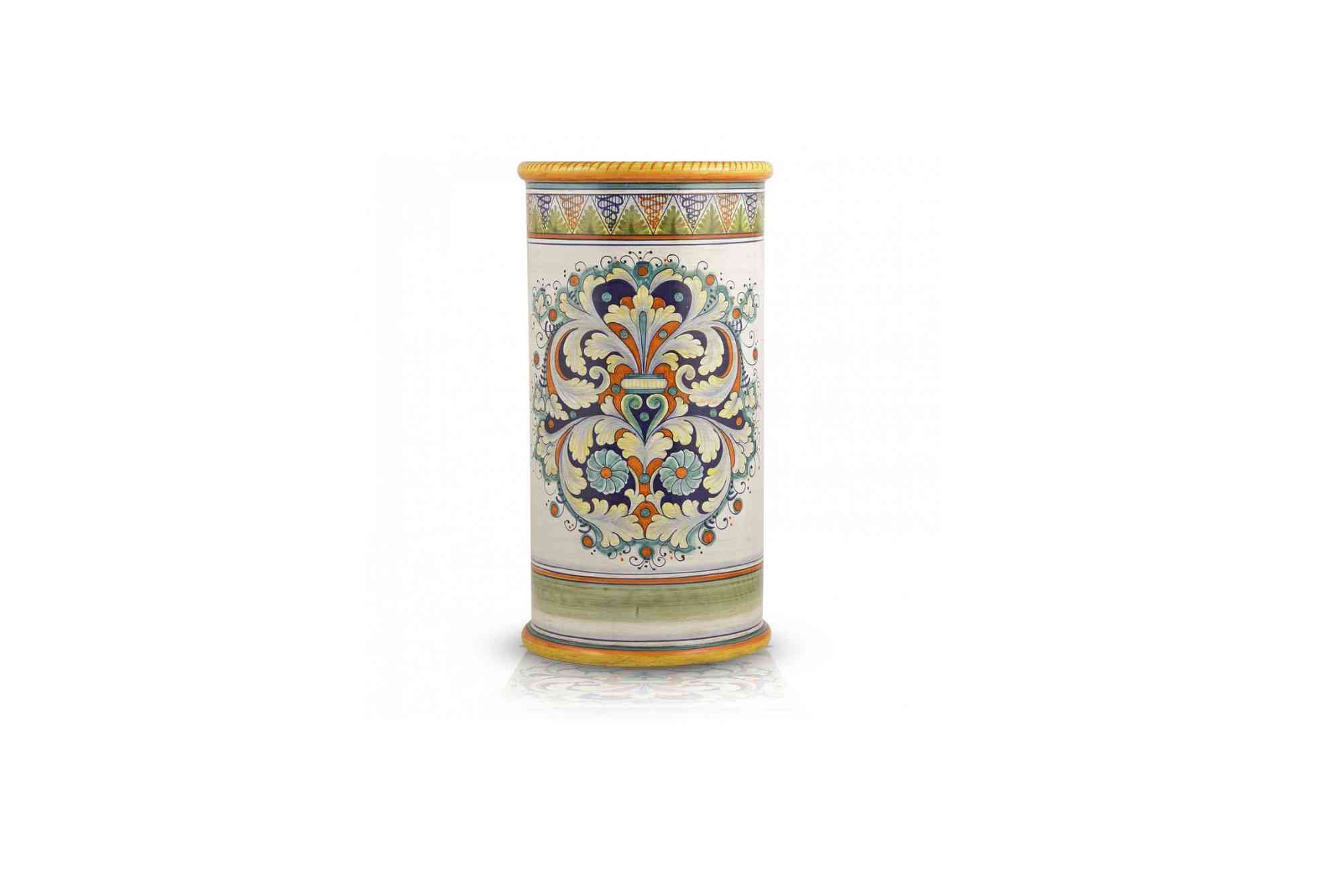Unique Decorative Umbrella Stands to Elevate Entryways
A well-designed entryway sets the tone for the rest of your home. It’s the first impression guests have and the last thing you see when leaving. Yet, one often-overlooked element in entryway design is the umbrella stand. A decorative umbrella stand is more than just a vessel to hold wet umbrellas—it’s a practical accent that brings both style and order to your space. Choosing the right one can transform a cluttered corner into a stylish statement.
While functionality matters, aesthetics are just as important when it comes to selecting an umbrella stand that fits seamlessly into your home decor. With so many styles, materials, and sizes available, there’s a perfect fit for every entryway—from minimal modern apartments to cozy countryside cottages. Let’s explore how a decorative umbrella stand can enhance your home’s entrance while also providing useful storage that keeps rain gear tidy and accessible.
Why Decorative Umbrella Stands Matter
Most homeowners overlook the importance of having a dedicated space for umbrellas until it’s raining outside and dripping water creates a mess on the floor. A decorative umbrella stand doesn’t just solve that problem—it does so with elegance. It prevents water from pooling in your hallway and avoids the clutter of umbrellas leaning against the wall or shoved into a corner. This small addition speaks volumes about your attention to detail and interior taste.
Unlike typical plastic bins, decorative umbrella stands add texture, pattern, or color to your entryway. Whether your taste leans toward vintage brass, sleek ceramic, or rustic wooden styles, there’s a stand that complements your decor while serving a necessary function.
How to Choose the Right Decorative Umbrella Stand
When choosing a decorative umbrella stand, consider three primary factors: size, style, and functionality. Each of these plays a vital role in how well the stand fits into your space and lifestyle.
Size Matters
Before buying an umbrella stand, assess the amount of space available in your entryway. A compact, narrow stand works best in tight corridors or apartment entrances, while larger foyers can accommodate wider or taller models. The capacity should align with the number of umbrellas you typically need to store—two to four is standard for most homes, but families might need more space.
Match Your Interior Style
The umbrella stand should reflect the aesthetics of your home. For a modern space, consider clean-lined metal or minimalist concrete designs. If your interior leans toward traditional, ornate ceramic or hand-painted wooden stands can add character. In rustic homes, galvanized steel or vintage copper umbrella holders often complement the decor perfectly.
Functionality and Durability
While the appearance is important, don’t compromise on utility. Look for stands with a weighted base to prevent tipping. Some models include drip trays or waterproof linings, which are especially useful for rainy days. Ventilation holes help in drying out wet umbrellas more efficiently. Additionally, make sure the interior has enough depth to support tall umbrellas securely.
Materials That Make a Statement
The material of a decorative umbrella stand influences its aesthetic, weight, and maintenance. Some materials are more durable and weather-resistant, while others are chosen purely for their visual appeal.
Metal
Wrought iron and stainless steel umbrella stands are popular in both contemporary and industrial settings. They offer strength and longevity, and their intricate cutout designs can add an artistic element to your foyer.
Ceramic
Often hand-glazed and painted, ceramic umbrella stands bring elegance and luxury to entryways. They’re best used indoors, as ceramic can be fragile. Many ceramic designs feature classic motifs like florals, chinoiserie patterns, or geometric prints.
Wood
Wooden umbrella stands evoke warmth and traditional craftsmanship. Teak, oak, or walnut versions suit homes with farmhouse, coastal, or transitional styles. Ensure the wood is sealed to withstand moisture.
Acrylic and Resin
For modern homes that crave a minimalist look, transparent acrylic or sleek resin umbrella stands offer a clutter-free appearance while being easy to clean and water-resistant.
Woven and Rattan
Natural fiber stands made of rattan or wicker are lightweight and work well in boho or tropical-style interiors. While not ideal for very wet umbrellas unless they come with liners, they add a relaxed, organic touch to the space.
Styling Tips for Entryway Impact
An umbrella stand can be more than a storage tool—it can be a design feature. Use it to build visual symmetry or introduce a new texture or color into your entryway. Place it near a mirror or console table to create a well-rounded welcome area. Pair it with a small tray for keys and a vase of flowers for a balanced and intentional look. Decorative umbrella stands with metallic finishes like gold, copper, or matte black can echo hardware or lighting elements in the same zone, tying the space together effortlessly.
For added charm, you might consider placing decorative umbrellas in the stand even during dry seasons. Think of umbrellas with printed fabrics or carved handles that complement your home’s palette.
Decorative Umbrella Stand Ideas for Every Interior
In a modern urban apartment, a tall matte-black metal stand with geometric cutouts fits seamlessly with industrial furniture and concrete floors. Its ventilated structure allows wet umbrellas to dry quickly while making a design statement. A ceramic blue-and-white chinoiserie stand makes a stunning impression in a traditionally styled home. Placed against a cream wall beside a mahogany console table, it not only offers function but also elegance rooted in historical design.
In bohemian or coastal-inspired homes, a woven rattan umbrella holder with a linen liner is a fitting choice. Light, airy, and textured, it plays well with jute rugs, driftwood furniture, and natural fibers. For small entryways, consider multi-purpose designs. Some umbrella stands come with hooks or compartments for scarves, bags, or even walking sticks—making them perfect for maximizing space in compact areas.
Maintenance Tips for Longevity
To keep your decorative umbrella stand in top condition, regular maintenance is key. For metal stands, occasional polishing or rust-proofing is recommended. Ceramic stands should be cleaned with a soft damp cloth and kept away from high-traffic areas to prevent chipping. Wooden stands benefit from occasional oiling, and it’s smart to use a plastic liner or drip tray to prevent moisture damage.
Always empty collected water regularly to prevent mildew. And if you store both dry and wet umbrellas, consider a divided stand to keep them separated.
Real Benefits Beyond Decoration
Beyond their aesthetic role, decorative umbrella stands encourage tidiness. In family homes, especially those with kids, keeping wet items contained can prevent slips and damage to flooring. Guests also appreciate having a designated spot for their belongings upon arrival.
Moreover, umbrella stands serve as subtle organizers for other items too—like yoga mats, posters, or even canes. Their cylindrical shape and open top make them versatile and easy to repurpose.
Elevate Everyday Living with a Thoughtful Detail
The smallest touches in home decor often leave the biggest impressions. A decorative umbrella stand might seem minor, but its impact on your entryway’s organization and visual appeal is undeniable. It prevents chaos on rainy days, preserves your flooring, and expresses your style before guests even step into your living room.
Whether you favor modern minimalism, traditional elegance, or rustic charm, there’s a decorative umbrella stand that fits perfectly into your home. Take the time to choose one that combines function with form, and watch your entryway transform from overlooked to unforgettable.
FAQs
What can I use instead of an umbrella stand?
You can use a tall vase, a decorative bin, or a narrow basket lined with a waterproof tray. However, dedicated umbrella stands are designed to prevent tipping and water leakage.
Where should I place an umbrella stand in my home?
Place it near the front door, ideally in a corner or beside a console table. Ensure it’s easily accessible and does not block the flow of foot traffic.
Do umbrella stands work for both long and short umbrellas?
Yes, but it’s essential to choose a stand with a proper depth. Some models include multiple compartments or adjustable inserts to support different lengths.
How do I stop water from leaking out of the umbrella stand?
Choose a stand with a built-in drip tray or line the bottom with a waterproof insert. Empty the tray regularly and ensure wet umbrellas are not left standing for too long.
Are decorative umbrella stands worth it?
Absolutely. They serve both a practical function and enhance your home decor. A good umbrella stand adds personality and polish to your entryway without taking up much space.





